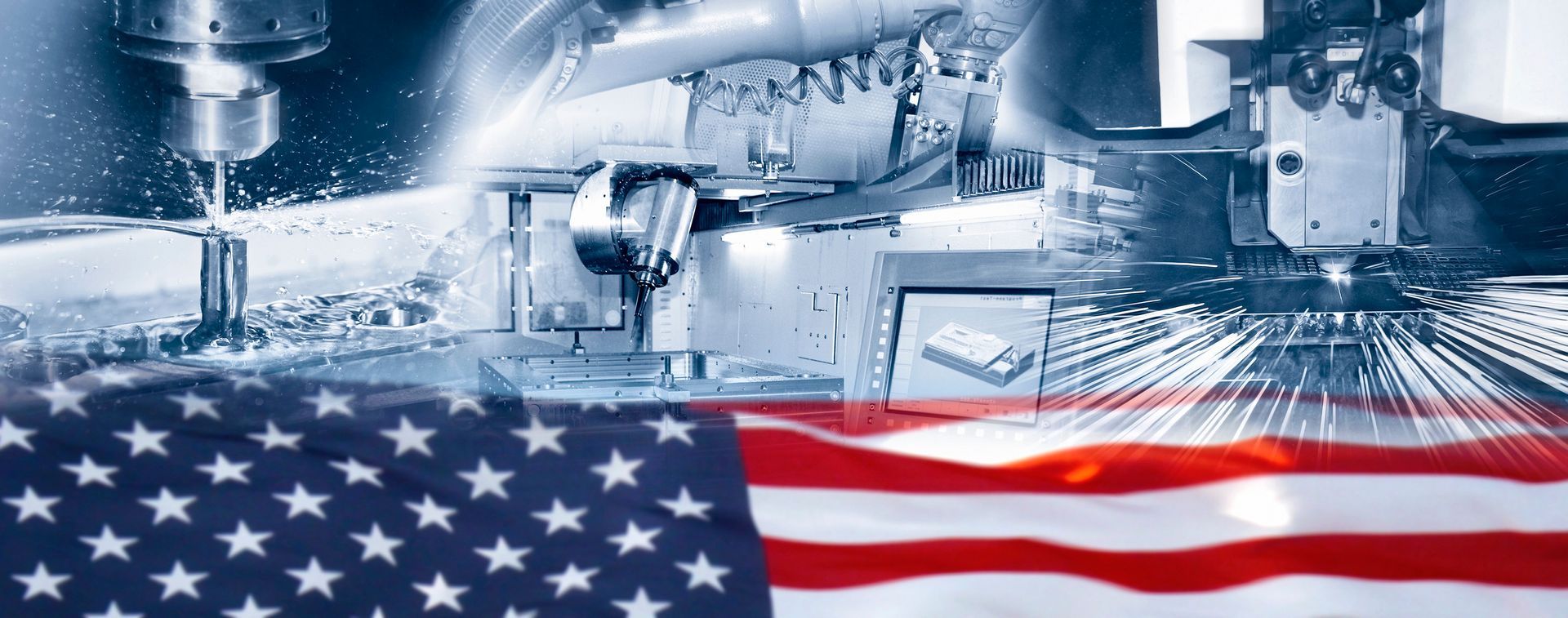skilled machinists are in high demand
It is no secret that there is a shortage of skilled machinists in the United States. We certainly feel it as we are constantly recruiting and on the lookout for skilled machinists.
The shortage can be attributed to several factors:
Retirement of Skilled Workforce: Many experienced machinists from the baby boomer generation are reaching retirement age. As they leave the workforce, their knowledge and expertise are not being adequately replaced by a sufficient number of skilled workers. This generational shift has created a gap in the available pool of skilled machinists.
Lack of Vocational Training: Over the past few decades, there has been a decline in vocational training programs in the United States. Many high schools have shifted their focus towards college-preparatory education, emphasizing academic subjects rather than hands-on skills training. This has resulted in fewer young individuals pursuing careers in trades such as machining.
Perception and Stigma: There is a perception among some individuals that a career in machining or skilled trades is less desirable compared to white-collar jobs. The societal emphasis on obtaining a college degree has led to a devaluation of vocational careers, including machining. This perception has deterred many potential workers from considering or pursuing a career in the field.
Rapid Technological Advancements: The machining industry has witnessed significant technological advancements, particularly in computer numerical control (CNC) machining and automation. These advancements have increased the complexity of the machinist's role, requiring a higher level of technical skills and knowledge. However, the training and education systems have not always kept pace with these advancements, leaving a gap in the supply of skilled machinists who can operate and program advanced machinery effectively.
Insufficient Training Infrastructure: The availability and quality of training programs for machinists can vary across different regions. In some areas, there may be a lack of training institutions, apprenticeship programs, or vocational schools that provide comprehensive and up-to-date training in machining skills. This limits the opportunities for individuals to acquire the necessary knowledge and experience to become skilled machinists.
Addressing the shortage of skilled machinists requires a multi-faceted approach. Encouraging partnerships between educational institutions and industry, promoting vocational training programs, increasing awareness about the benefits and opportunities in machining careers, and investing in updated training infrastructure are some of the steps that can be taken to attract and develop a new generation of skilled machinists. Additionally, providing incentives such as competitive wages, career advancement opportunities, and ongoing professional development can help attract and retain talent in the machining industry.
If you are a skilled machinist and would like to tale about joining the ZYCI team. Please contact us and let's talk.


